
Diving Anilao, the Macro Life Capital of the Philippines
Underwater treasures live in abundance on the shores of the country's Calumpan Peninsula
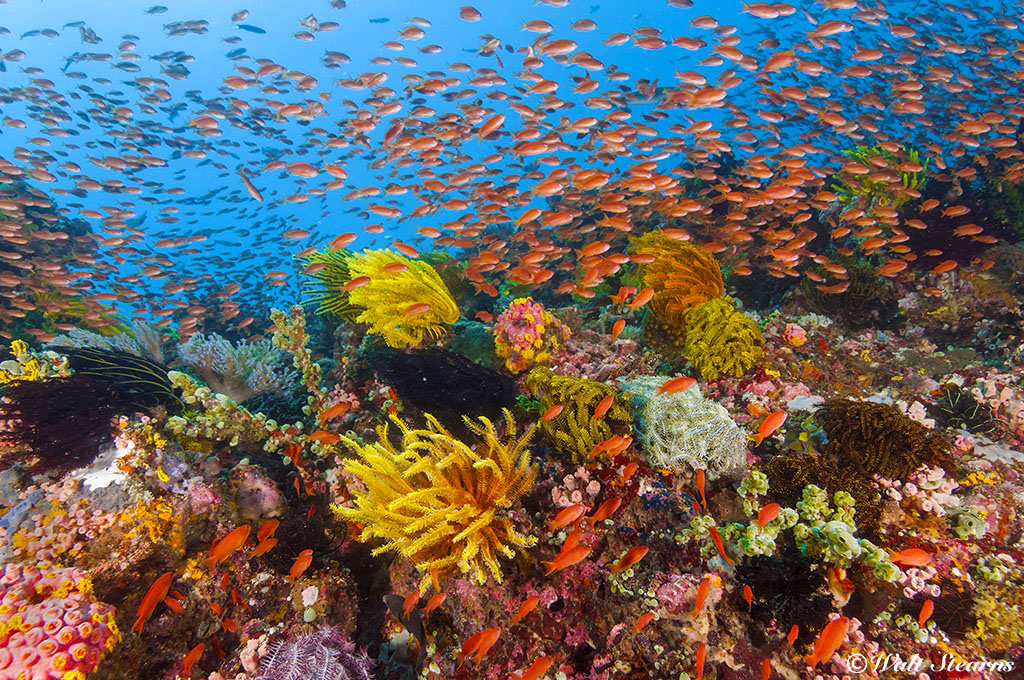
The region of the Philippines known as Anilao has earned a reputation as one of the world's premier muck and macro diving destinations. From the wild and wonderful to the truly weird, dives and underwater photographers have easy access to a diverse abundance of marine life. At sites just minutes from shore, they can tally hundreds of species of shrimp, crab, squid, cuttlefish, nudibranch and juvenile reef, along with more exotic finds like pipefish, seahorse, rhinopias, hairy frogfish, wonderpus and mimic octopus. The region is especially famous for its nudibranch populations. During an annual two-week-long census event known as Slugfest, participants documented a total of 591 different species of nudibranchs, including three newly-identified species. And there's more to Anilao that muck and macro. The waters also hold colorful reefs covered in a range of soft and hard corals and sponges, and walls where schooling fish gather.
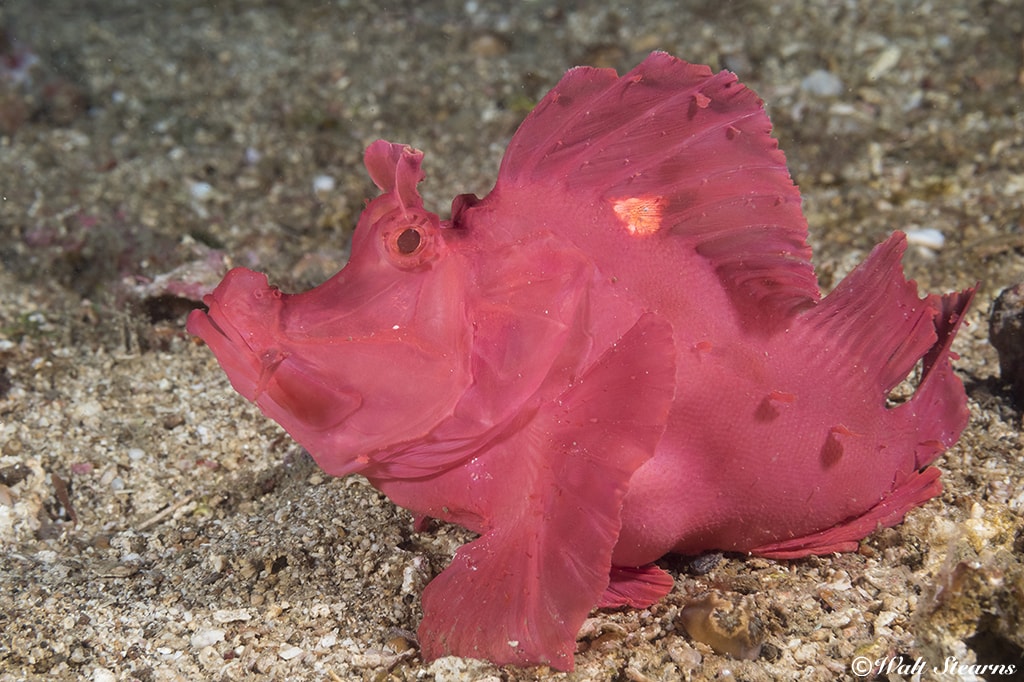
The Location
Anilao is located on the Philippines' capital island of Luzon and is just a 60-mile drive away from Manila's Ninoy Aquino International Airport. After touching down on an international flight, there's no need for connecting flights or ferries to reach Anilao, a van ride will get you there. This easy access is one of the reasons for Anilao's initial popularity within the local diving community, but as word spread to the world's diving community, the area became home to growing number of full-service dive resorts that cater to international travelers. These properties are spaced along the along a seven-mile stretch of the Calumpan Peninsula rather than clustered in a single congested area. This spacing ensures uncrowded house reefs, while still allowing convenient access to the region's 55-plus dive sites.
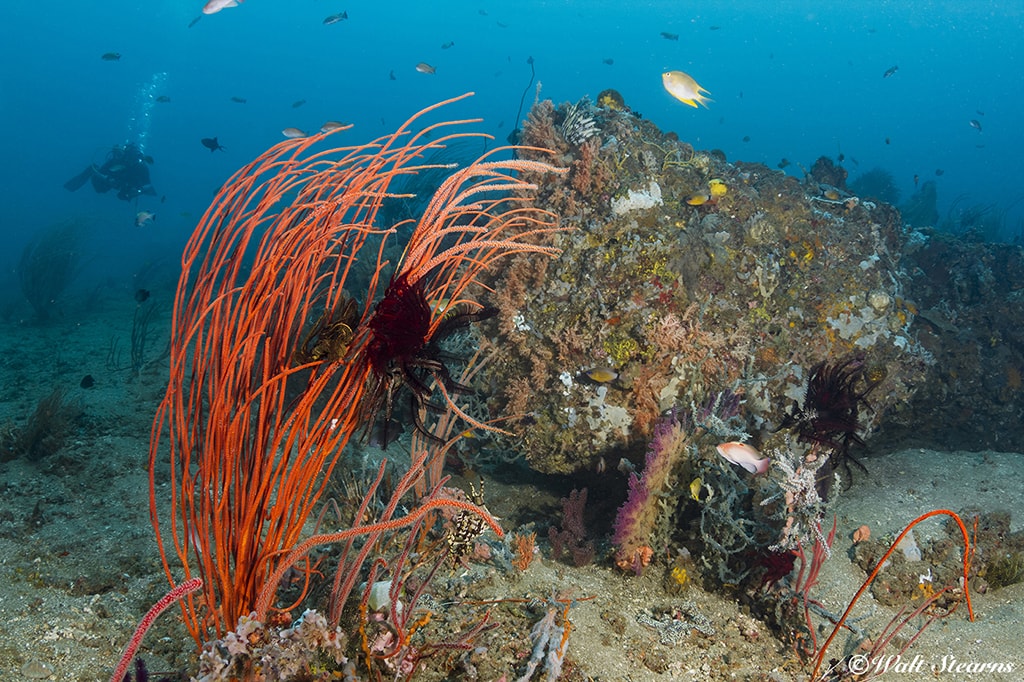
The Dive Scene
Daily dive trips are conducted from traditional launches known as bankas. These typically carry a limited number of divers, which results in smaller dive groups and more personal service from the guides. Typical underwater topographies around Anilao begin with sloping plateaus of sand, rubble or silt, which are sometimes punctuated by rock outcropping or coral heads. Though somewhat unassuming at first glance, these open areas are fecund hunting grounds for a wide range of marine life.
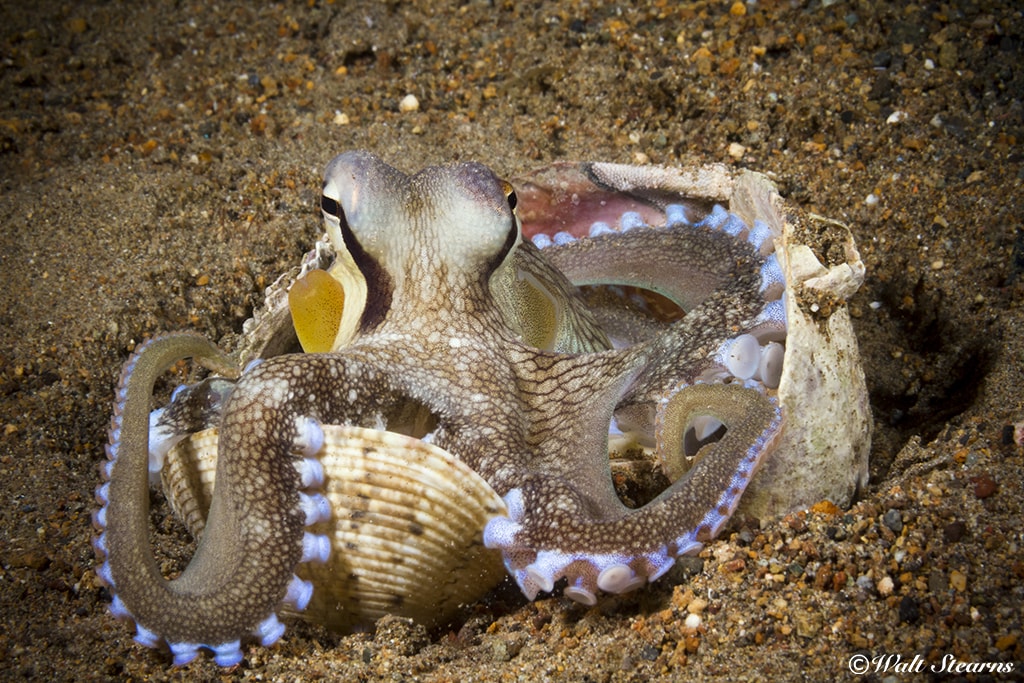
Other areas have more defined reef lines that sport an array of soft and hard corals and sponges in dazzling colors. These habitats are home to an equally broad range of animals, elevating the region's species count into the thousands. Many sites around the shores of Anilao are ideally suited for multi-level profiles that can stretch well beyond the hour mark. The combination of short boat rides and long bottom times allows divers to log impressive bottom times each day. Operations typically offer two-tank morning dives, plus one or two-tank afternoon dives and additional night dives. The after-dark dives are not to be missed, as they bring out an entirely different cast of characters to discover.
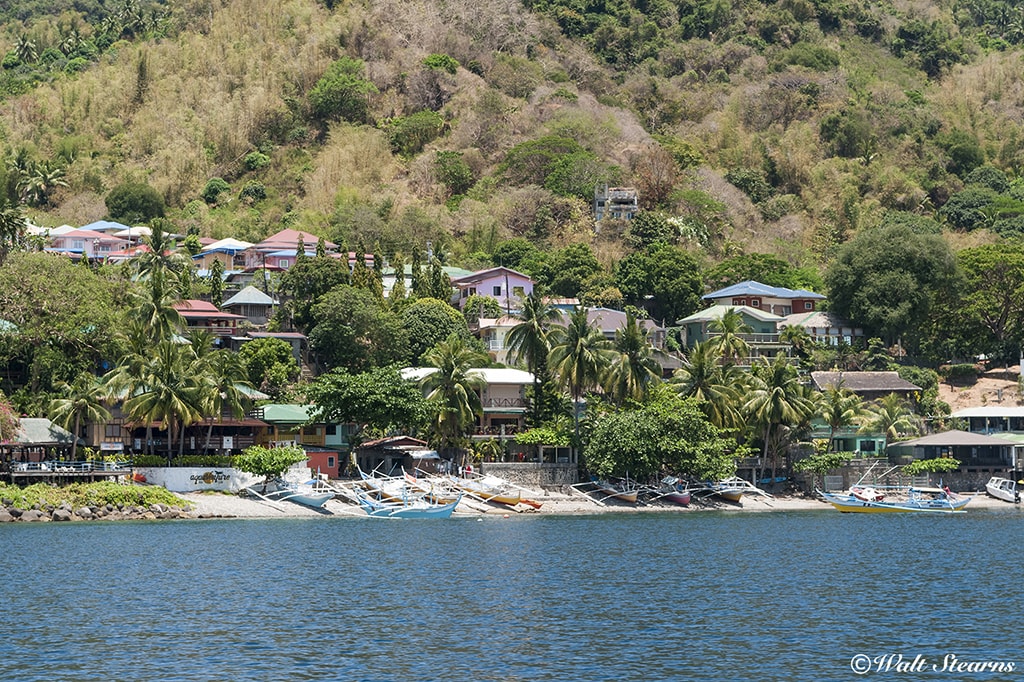
A Site Sampler
The dive site known as Secret Bay epitomizes what Anilao is all about. Dropping on an expanse of the bland-colored sandy bottom, you might wonder why you are there. Then, as you settle in and start a sweeping search of the seabed, you will begin to discover a treasure trove of unique creatures, from a funky looking hairy frogfish or an Ambon scorpionfish to a comical coconut octopus or a shape-shifting wunderpuss. Another local favorite is Anilao Pier, which is predominantly flat and shallow, with depths between 10 and 20 feet. The bottom here is soft sand and silt, and the real magic doesn’t begin till well after sunset when the night crawlers have fully emerged to hunt and forage. Not far from Anilao Pier, Matu Point offers a somewhat different topography. Here, a bare rock face rises above the surface and drops to a shallow underwater wall, which transitions to a series of boulders that shelter interesting subjects such as fire urchins, Coleman shrimp and zebra crabs.

More than Macro
In addition to sites close to resorts, divers have access to sites at nearby Maricaban Island. Here, slopes are covered in whiter sand and coral formations are more abundant. The outlying islands of Sombrero and Caban present some of the most spectacular seascapes in the area. During the tide change, currents sweep across sites such as Beatrice Rock, filling the water with clouds of orange and purple anthias that create an epic rainbow-like scene against the reef’s bright backdrop. The contrast between these sites and the muck dives closer to shore couldn’t be more pronounced, emphasizing the appealing diversity in the region’s diving conditions. Also within range of day trips from many resorts are the spectacular walls and reef of Verde Island, where larger fish and sharks sometimes join the mix.

Make it Happen
We offer a number of stay-and-dive packages that take in the best of Anilao or combine a trip to this region with visits to other popular regions such as Puerto Galera, Cebu and Bohol. To learn more and start planning your Anilao diving adventure, talk to our dive travel specialists at 800-330-6611or send a note to sales@caradonna.com.
